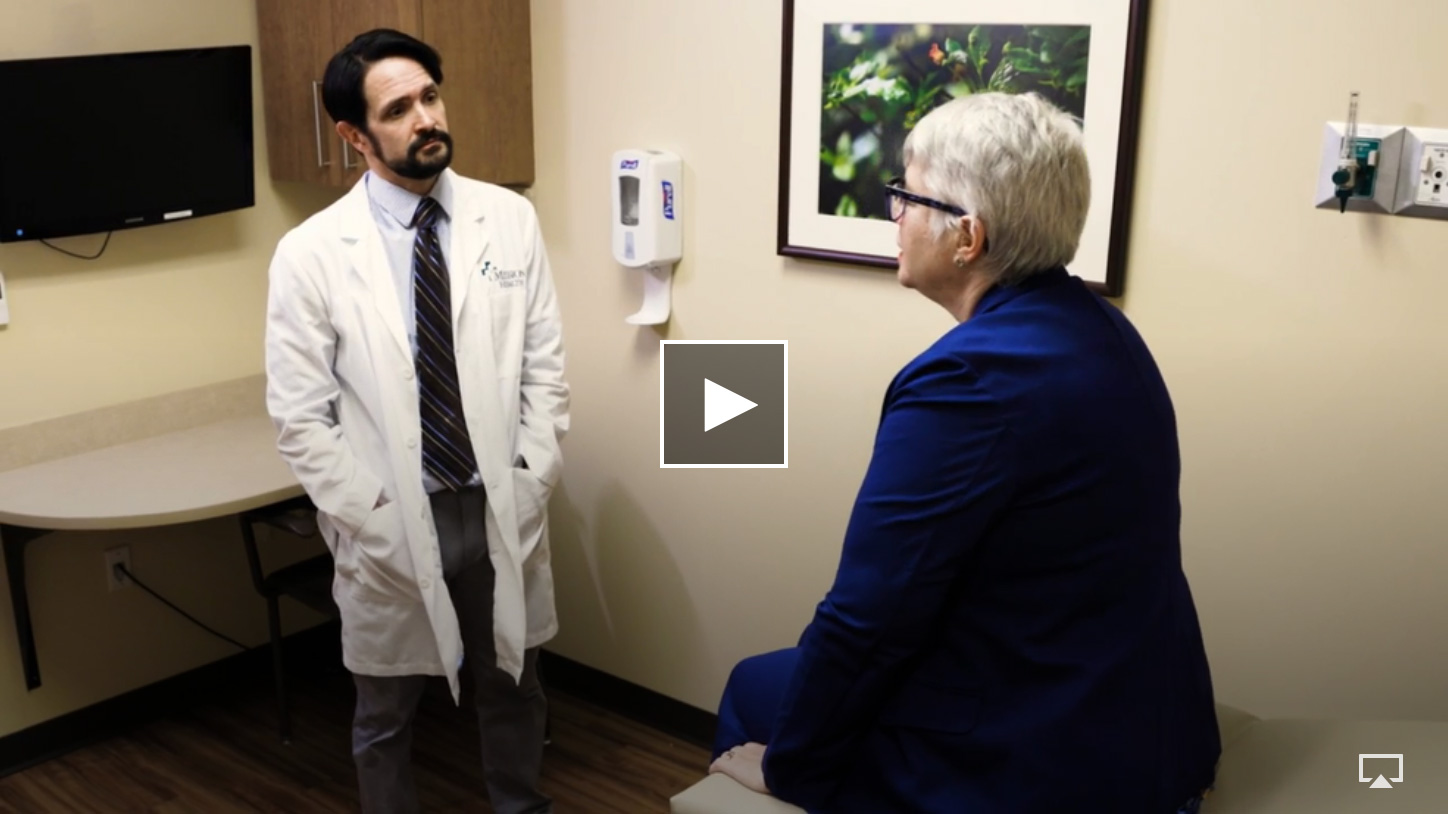About DVT/PE
Deep vein thrombosis (DVT) occurs when a blood clot forms in the legs, thigh, pelvis, or arms. DVT brings serious risks, as the clot could travel through the bloodstream to the heart and cause a stroke, or to the lungs and cause a pulmonary embolism (PE). Early medical intervention can help dissolve the clot before it causes major damage.
Symptoms of deep vein thrombosis and/or pulmonary embolism may include pain, swelling, tenderness, warming sensation, and skin redness. Sudden onset of swelling, shortness of breath, rapid heart rate, and chest pain could be a sign of a pulmonary embolism. Call 911 immediately.
Diagnosis
Doctors typically diagnose deep vein thrombosis based on a person's medical history, risk factors, and a physical examination. If there is suspicion of DVT or pulmonary embolism, your doctor may use imaging tests to confirm a diagnosis. These tests may include ultrasound, to visualize the blood flowing inside the veins, and CT or MRI to scan for blood clots elsewhere in the body.
Treatment for DVT/PE:
Interventional radiologists at ARA Health offer minimally invasive treatment options to dissolve the blood clot.
Thrombectomy/Thrombolysis
Thrombectomy is a procedure performed to remove a blood clot in an artery. Medications are injected into the blocked artery, and a long catheter is inserted directly into the blood clot. The interventional radiologist then breaks up the clot mechanically, using image guidance to place the catheter and monitor the clot's progress.
IVC Filter Placement
An IVC filter is a medical device used to prevent blood clots from breaking off and traveling to the lungs. It is inserted into the body's largest vein, the inferior vena cava (IVC), which carries blood from the legs back up to the heart. The filter works to catch blood clots that may break off once they reach this main vein.
DVT Clinic
by WLOS | Thu, December 23rd 2023
Pulmonary Embolism Thrombectomy
by WLOS | Thu, August 24th 2023, 8:30 AM EDT
You have questions. We have answers.
Below is a list of some of the questions we get asked most frequently from our patients. If you have additional questions, feel free to reach out to our ARA Cares Coordinator at (828) 436-5500.

